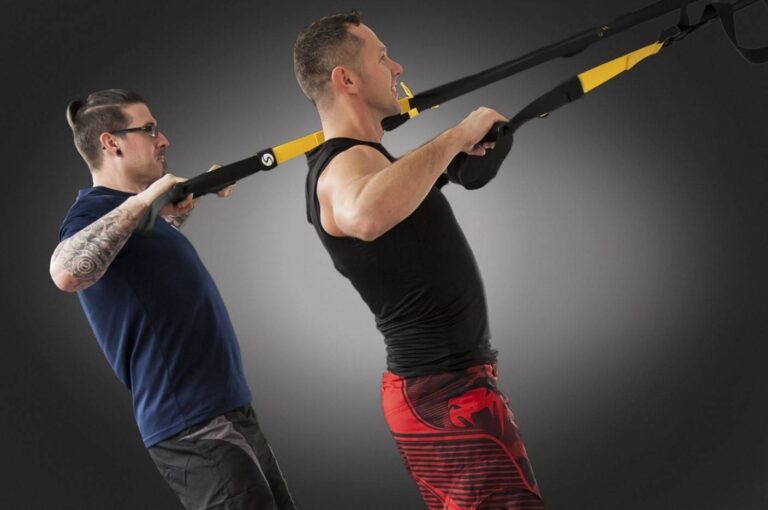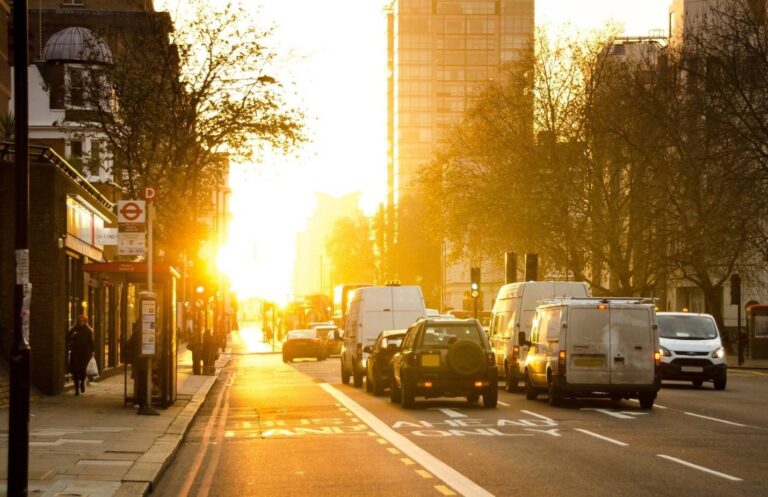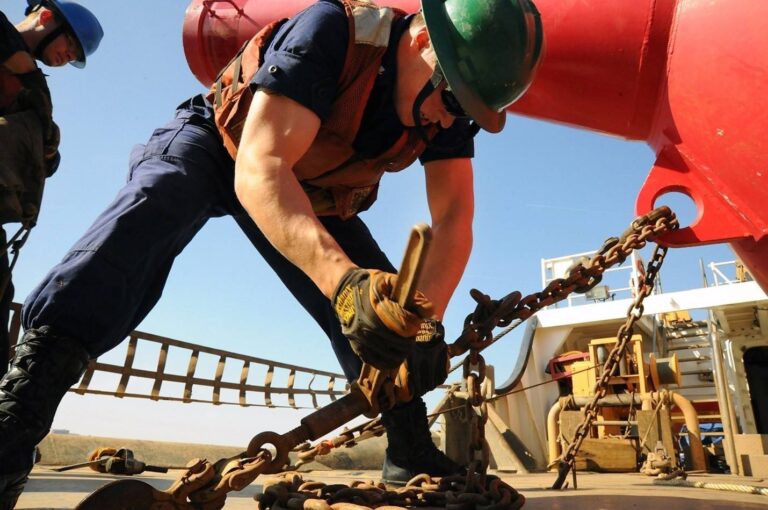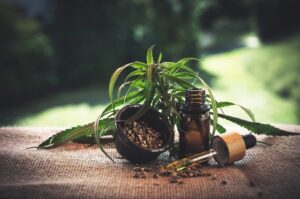
Uplifting Children’s Wellness
Parents strive to raise healthy and happy kids. Even before the COVID-19 pandemic, children’s wellness was complex. Now, the endeavor is exponentially more complicated. But the good news is there are many dedicated people and organizations that are passionate about supporting the health and happiness of children.










